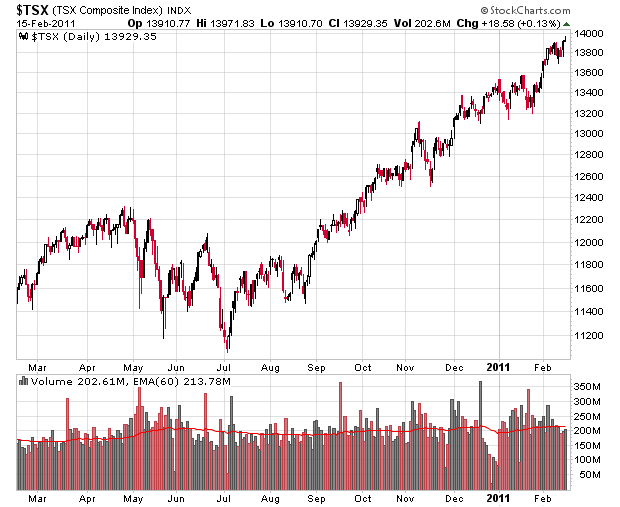(Update, February 18, 2011: David Del Grande from Questrade contacted me via e-mail regarding the issue I mentioned in this post. I will keep this post updated and see if they can resolve this issue.)
(Update, February 28, 2011: So far, Questrade has not responded to my reply.)
(Update, March 30, 2011: Much to my shock, I received a voice mail from Questrade and they have credited the amount in question, plus five commissions, to my account. I checked my account status and indeed they have made the appropriate corrections.)
Questrade recently went through an upgrade, and this has caused some disruption to their service.
I noticed that they have incorrectly processed a transaction on my account concerning a debenture trade – I sold some debentures about a week ago, and normally when you sell debt you receive a cash credit for accrued interest. On the trade history, it shows that there were three trades – two “sell” orders and a “cancel sell” which offset one of the sells. I noticed the interest was given on a sale, and taken back on the canceled sale, but the remaining sale did not have the interest income. This is wrong!
It is not a huge amount of money we are considering (about $80) but this sort of process should be correctly automated – I should not be having to waste my time and their time to contact customer support to get this corrected. Other people likely have issues with Questrade, since when I try accessing their live help (which generally has been a good way to correct issues with them), I get the following message:
You have reached Questrade’s Client Services. You are in priority sequence for the next available Client Services Specialist. Thank you for your patience, the average wait time is ’55’ minutes. Thank you for your patience.
There is no way that I am going to keep the window open for 55 minutes.
I am starting to seriously question why I have my money with this firm – they offer the cheapest trades, by far, for debentures and fixed income products. However, other hassles such as this one, offset any cost savings. Since fixed income opportunities are in very short supply these days, it is unlikely I will be needing to trade those products to the degree that I did back in 2009. The other reason why I stick around is because my other broker is Interactive Brokers, where I do the bulk of my transactions, does not do RRSP or TFSA accounts.
Finally, Questrade forced clients away from their dated “Webtrader” platform and onto their “QuestradeWEB” platform. I personally preferred the Webtrader platform as it was very simple, quick and just seemed to “work”. The QuestraderWEB platform is more heavy and takes more time to navigate. I understand their need to migrate people off of a platform that was coded 7 years ago, but why can’t they design a simple user interface to a stock trading service? A poor user interface costs them money – people will trade less.

